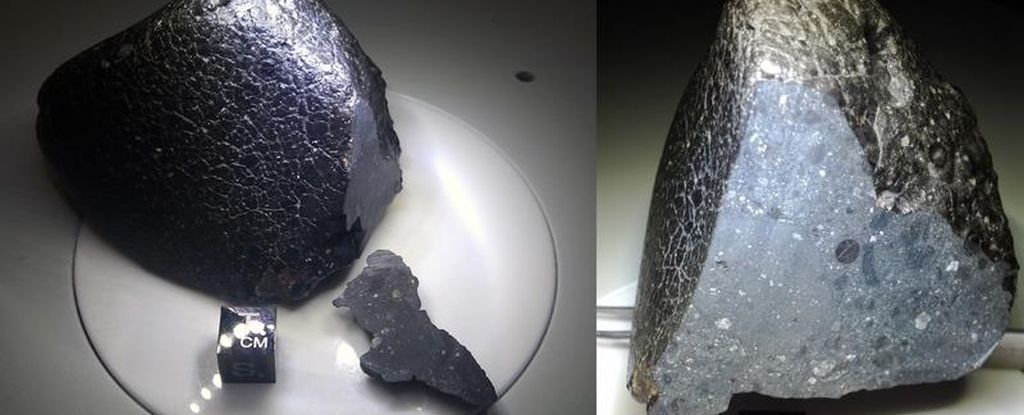ARTICLE AD
Subscribe today
Every print subscription comes with full digital access
Science News
INDEPENDENT JOURNALISM SINCE 1921 SIGN INLow voltages generate minerals that bind grains together into an limestone-like aggregate
As seas batter fragile coasts, erosion can turn a paradise into disaster. Here, the battered remains of a house that collapsed earlier this month litter the beach in Rodanthe, N.C.</p>
" data-image-description="" data-image-meta="{"aperture":"0","credit":"","camera":"","caption":"","created_timestamp":"1723836079","copyright":"","focal_length":"0","iso":"0","shutter_speed":"0","title":"","orientation":"1"}" data-image-title="082124_sp_preventing coastal erosion_feat" data-large-file="https://i0.wp.com/www.sciencenews.org/wp-content/uploads/2024/08/082124_sp_preventing-coastal-erosion_feat.jpg?fit=800%2C450&ssl=1" data-medium-file="https://i0.wp.com/www.sciencenews.org/wp-content/uploads/2024/08/082124_sp_preventing-coastal-erosion_feat.jpg?fit=680%2C383&ssl=1" data-orig-file="https://i0.wp.com/www.sciencenews.org/wp-content/uploads/2024/08/082124_sp_preventing-coastal-erosion_feat.jpg?fit=1440%2C810&ssl=1" data-orig-size="1440,810" data-permalink="https://www.sciencenews.org/082124_sp_preventing-coastal-erosion_feat" decoding="async" fetchpriority="high" height="580" sizes="(max-width: 1030px) 100vw, 1030px" src="https://i0.wp.com/www.sciencenews.org/wp-content/uploads/2024/08/082124_sp_preventing-coastal-erosion_feat.jpg?fit=1030%2C580&ssl=1" srcset="https://i0.wp.com/www.sciencenews.org/wp-content/uploads/2024/08/082124_sp_preventing-coastal-erosion_feat.jpg?w=1440&ssl=1 1440w, https://i0.wp.com/www.sciencenews.org/wp-content/uploads/2024/08/082124_sp_preventing-coastal-erosion_feat.jpg?resize=680%2C383&ssl=1 680w, https://i0.wp.com/www.sciencenews.org/wp-content/uploads/2024/08/082124_sp_preventing-coastal-erosion_feat.jpg?resize=800%2C450&ssl=1 800w, https://i0.wp.com/www.sciencenews.org/wp-content/uploads/2024/08/082124_sp_preventing-coastal-erosion_feat.jpg?resize=330%2C186&ssl=1 330w, https://i0.wp.com/www.sciencenews.org/wp-content/uploads/2024/08/082124_sp_preventing-coastal-erosion_feat.jpg?resize=768%2C432&ssl=1 768w, https://i0.wp.com/www.sciencenews.org/wp-content/uploads/2024/08/082124_sp_preventing-coastal-erosion_feat.jpg?resize=1030%2C580&ssl=1 1030w, https://i0.wp.com/www.sciencenews.org/wp-content/uploads/2024/08/082124_sp_preventing-coastal-erosion_feat.jpg?resize=1380%2C776&ssl=1 1380w" width="1030">
As seas batter fragile coasts, erosion can turn a paradise into disaster. Here, the battered remains of a house that collapsed earlier this month litter the beach in Rodanthe, N.C.
NPS
Shorelines worldwide have always been vulnerable to coastal erosion, a phenomenon rendered more ominous by rising sea levels that accompany modern-day climate change (SN: 9/29/22).
Coastal engineers have few ways to address this erosion, says Alessandro Rotta Loria, a civil engineer at Northwestern University in Evanston, Ill. One method is to build a seawall; another is to truck in more sand once wave action sweeps away a beach’s supply. Neither approach works more than a few years, he notes. And injecting plastics or other substances to help consolidate loose sand would have detrimental effects on the environment.

 3 months ago
27
3 months ago
27 

